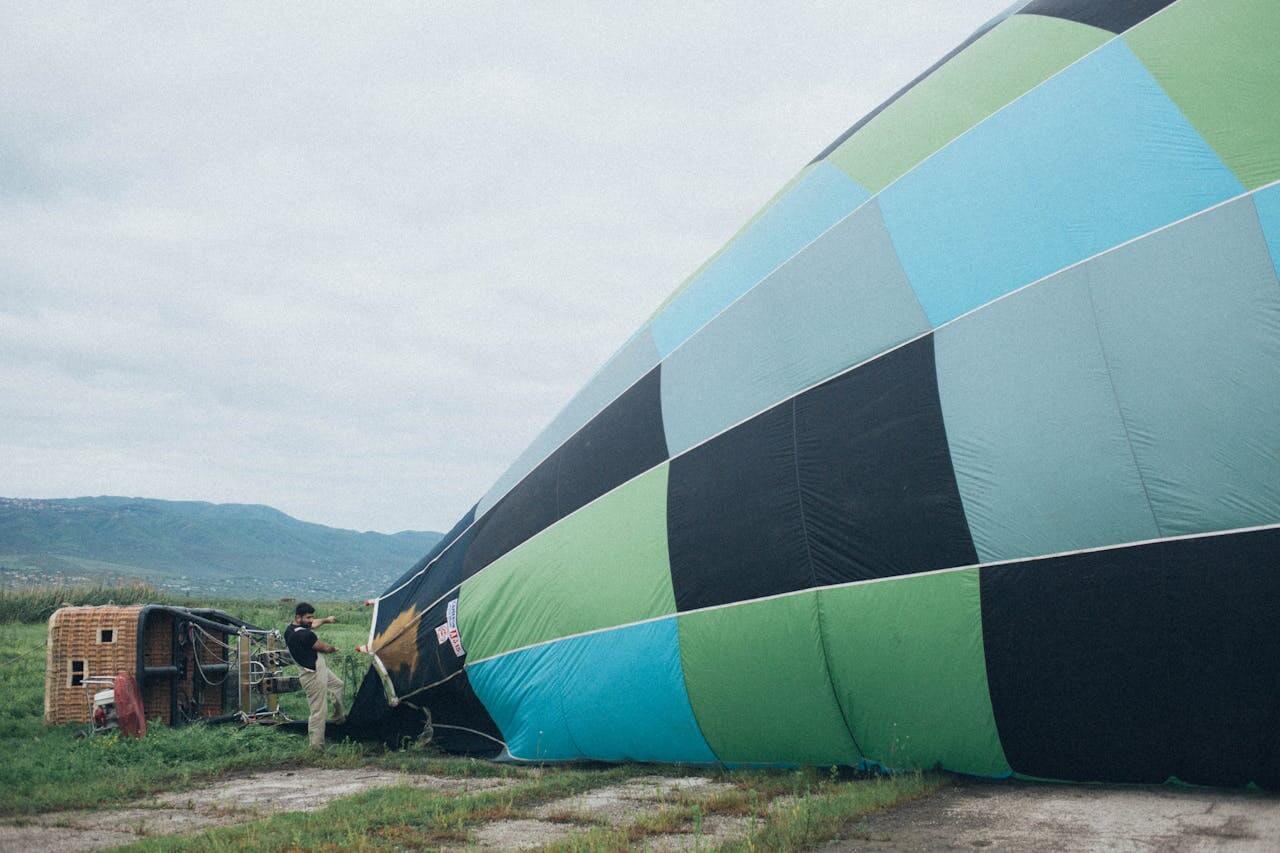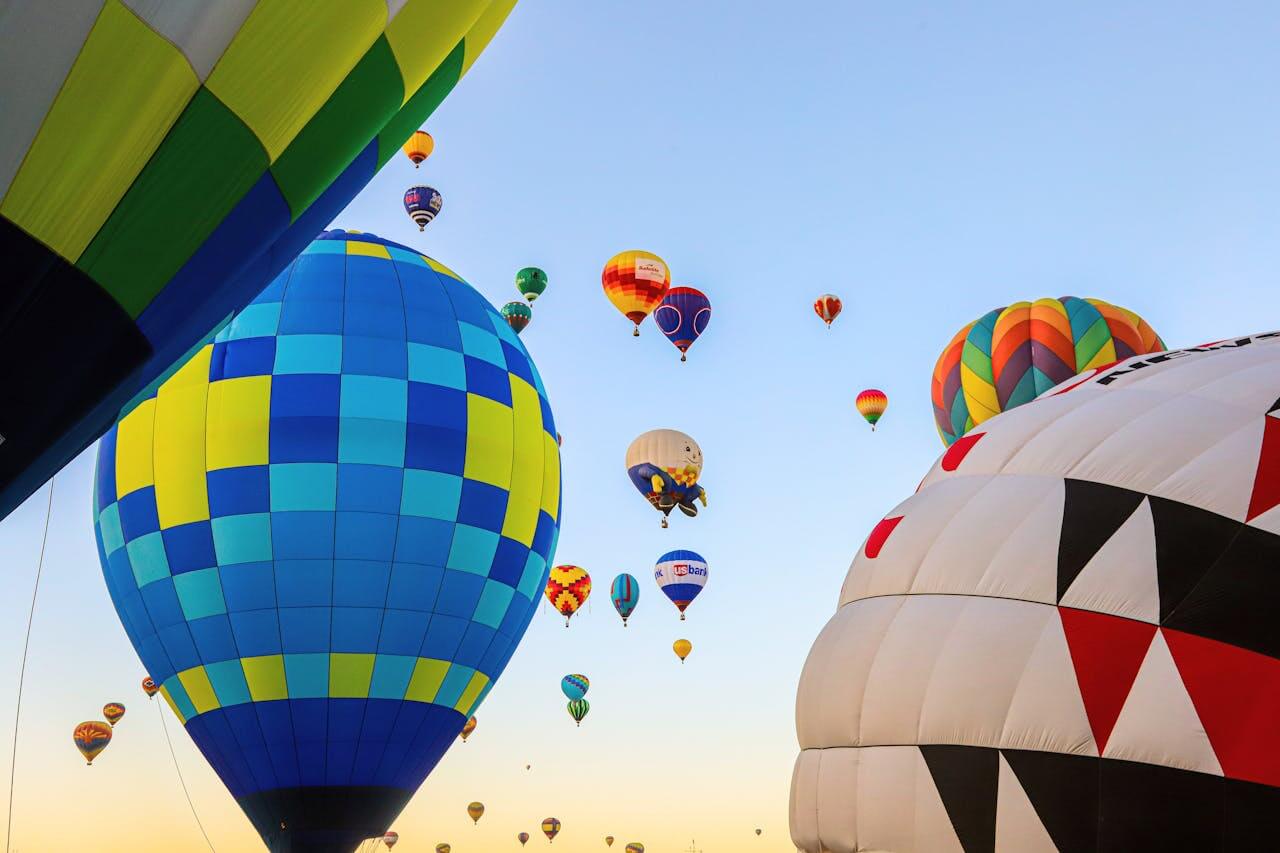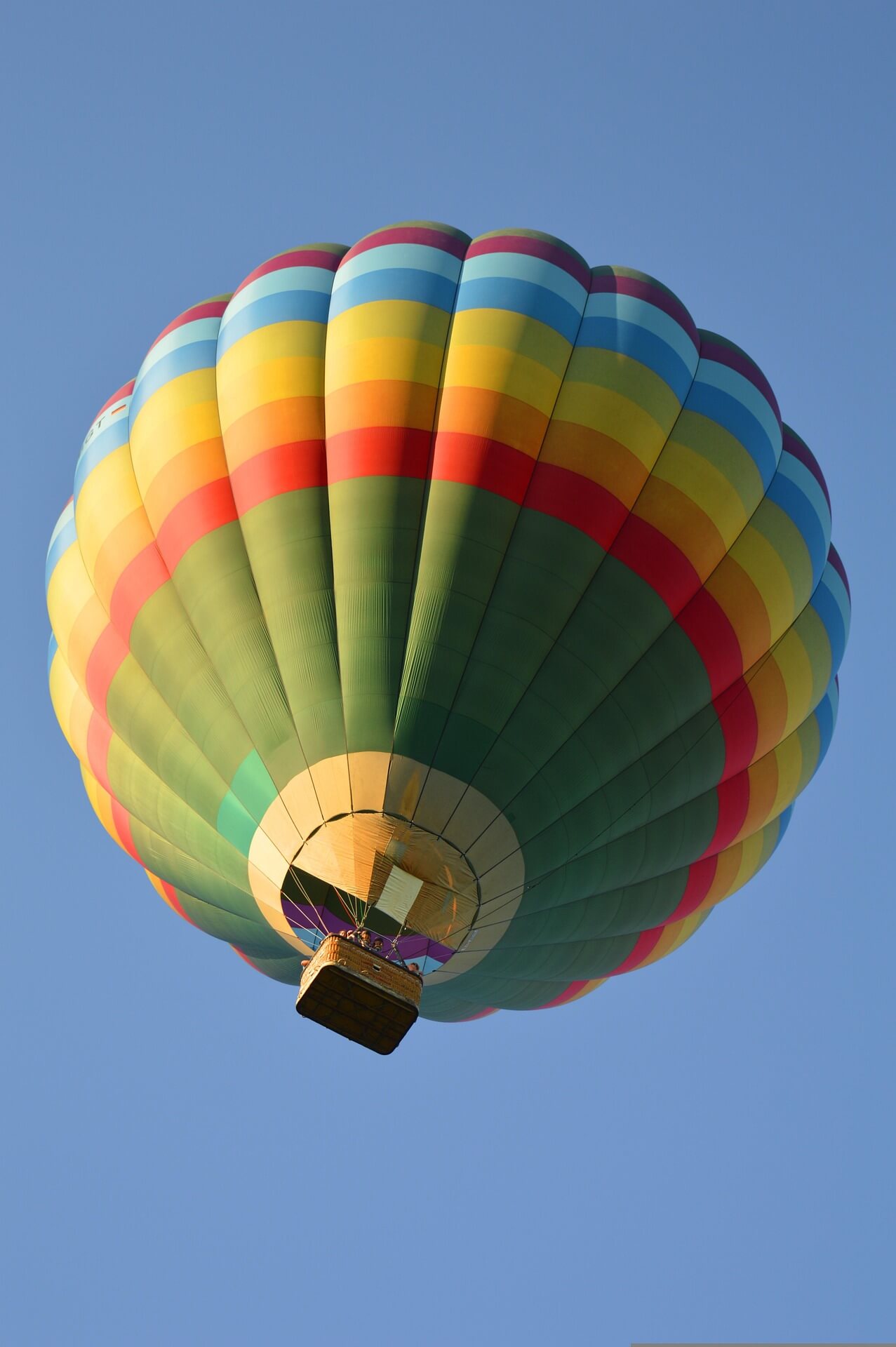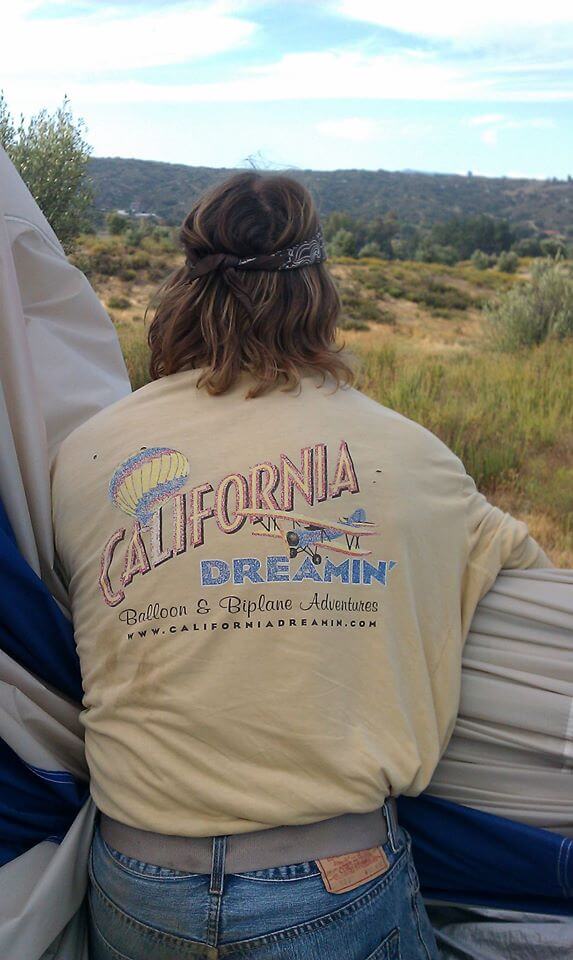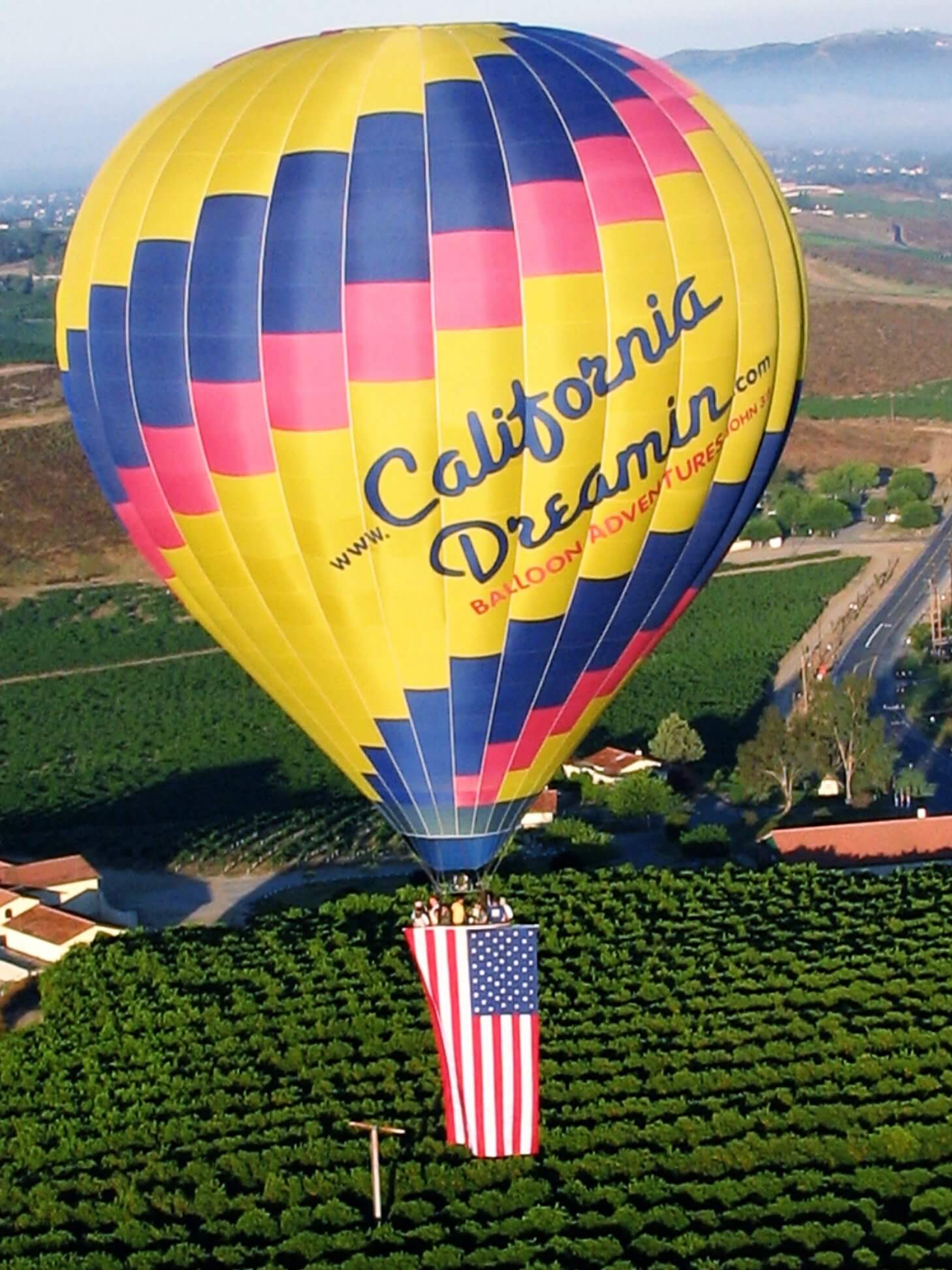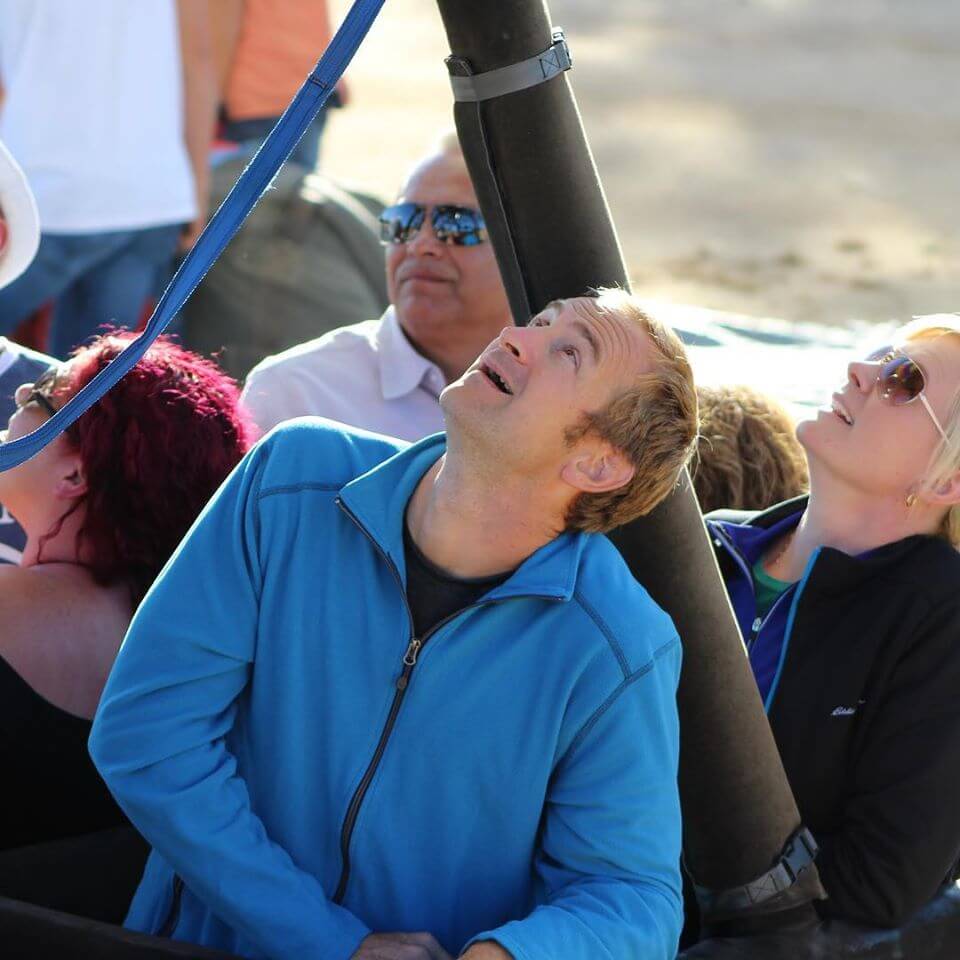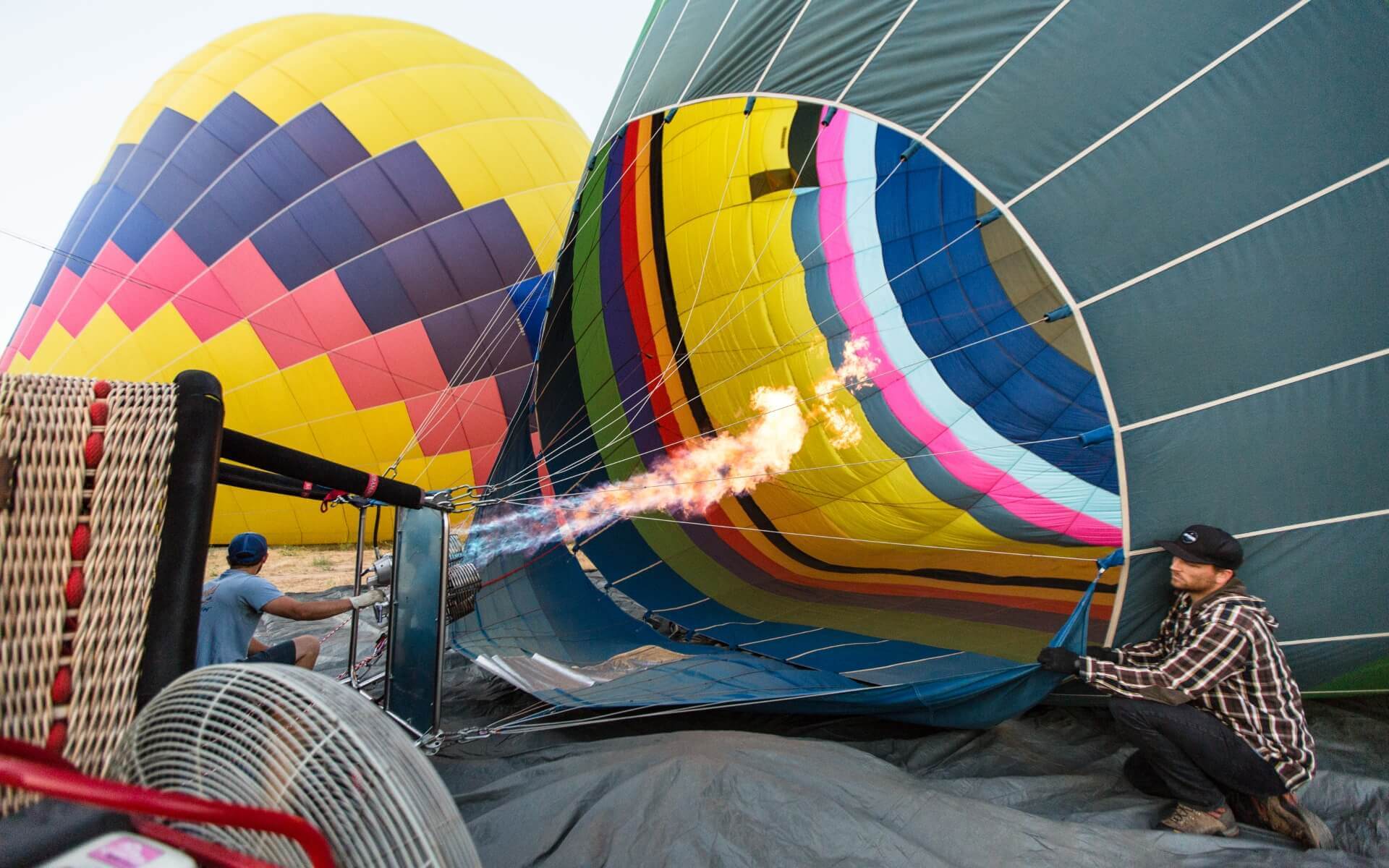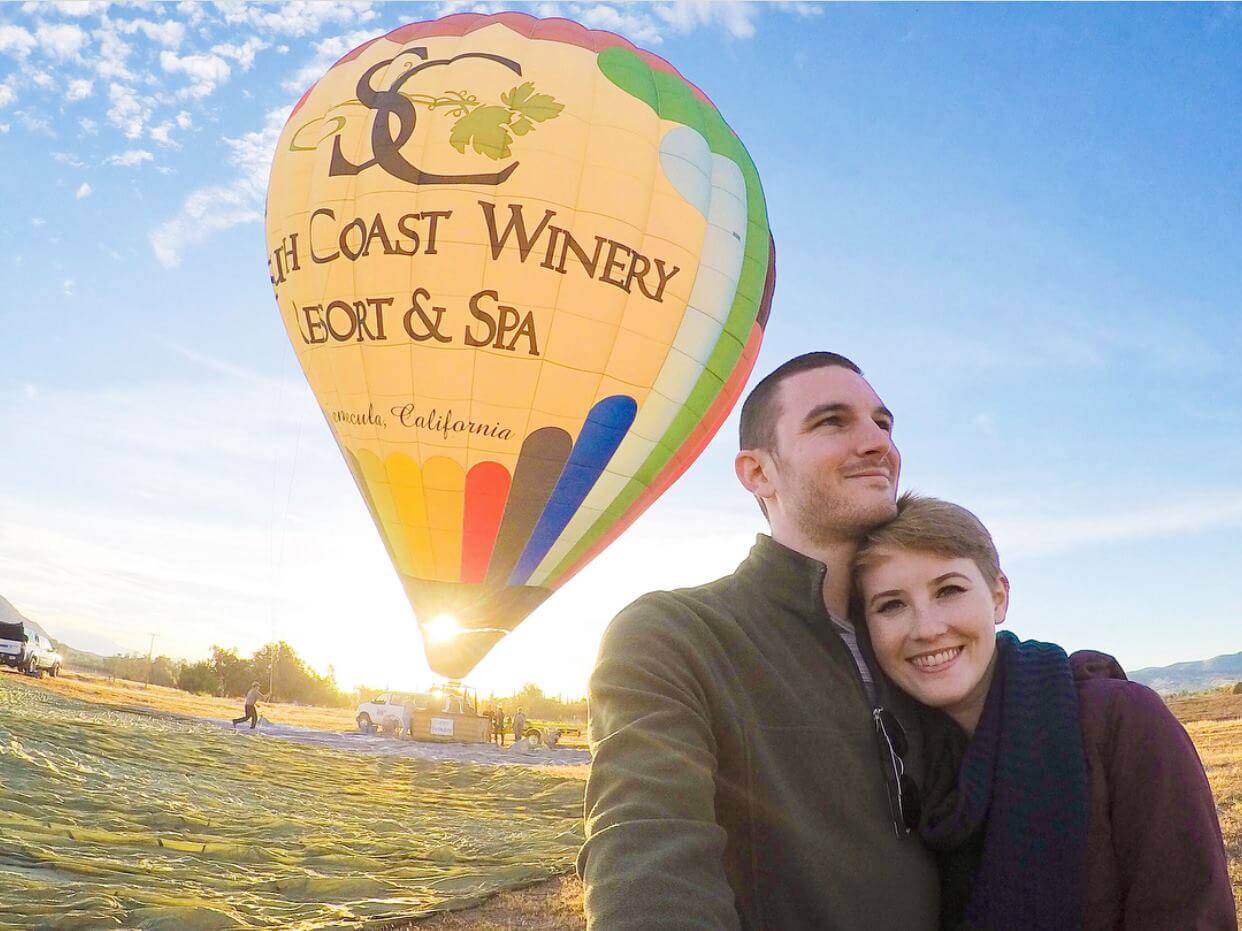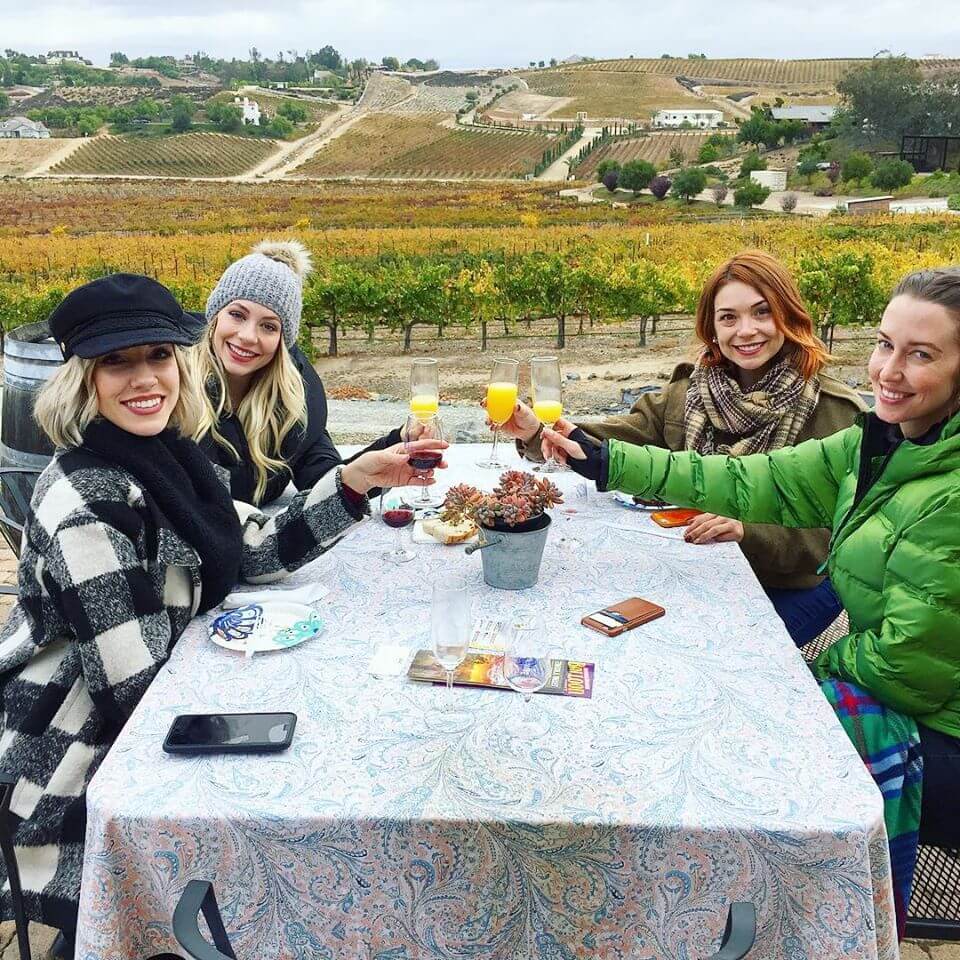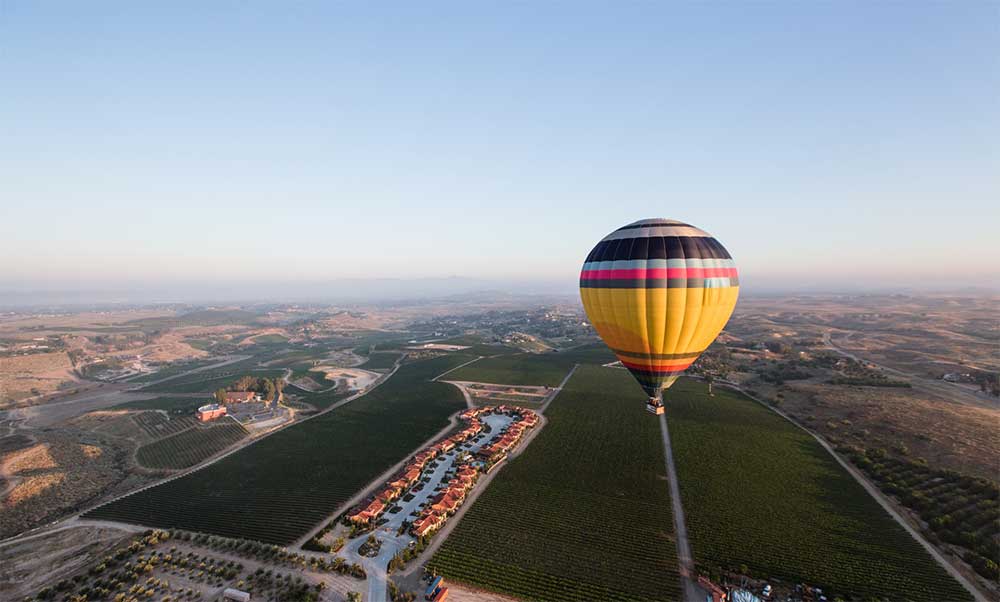Rise, Fall, & Revival: A Brief History of Ballooning
The story of hot air ballooning begins in France in October of 1783, as the Montgolfier brothers launched the first manned flight. It was a paper and cotton balloon heated by burning straw, stunning a Parisian crowd (including King Louis XVI and Benjamin Franklin) and cementing the brothers in history.1
Their experiments the previous year made it all possible. First, they collected heated air inside large paper or fabric bags and watched them float. Then, they conducted a public demonstration: visitors in a busy marketplace watched a balloon float about 3,000 feet into the air.2 After a few more demonstrations with even larger balloons, in September, they sent up a sheep, a duck, and a rooster, all of which came back down safely. Finally, they felt ready for a manned flight that October.
Within a month, inventor Jacques-Alexandre-César Charles would develop the hydrogen gas balloon, soon conducting the first manned gas balloon ascension himself. And within a couple of years, the gas-hot air hybrid balloon would be developed.3
Over the next few decades, a string of innovations made gas and hot air balloon flight an even more dependable, safe, and long-range method of travel. But by the 1800s, gas balloons had become the preferred method. As a result, hot air ballooning was largely relegated to the status of a niche sport, and it would remain so for nearly 150 years.4
But the hot air balloon revival came in the 1950s, when American engineer Ed Yost used a propane burner and nylon fabric to create the first truly modern hot air balloon system.4 This new configuration of a centuries-old technology took Yost and Don Piccard across the English Channel, a stunt that didn’t go unnoticed by enthusiasts and an excited public.
The decades that followed saw a steady rise in public ballooning, with companies like our very own California Dreamin’ Balloon Adventures, originally founded in the 1980s in Southern California, which offer iconic sunset flights. Today, hot air balloon rides have become a classic American experience for leisure and tourism.
